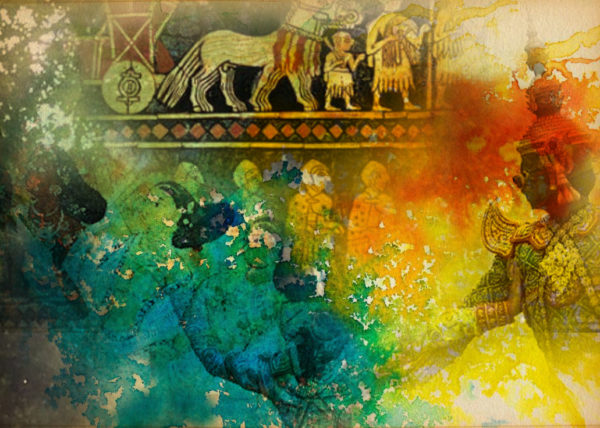
Ancient civilisations in the region of Asia treated placenta differently according to their own culture. For China and Vietnam, placenta is seen as a life-giving force. That is why the people there took placenta and dried them and even formulated their own placenta recipes to boost their energy and vitality.
In Indonesia, placenta is viewed as the baby’s twin or elder sibling or the baby’s guardian throughout their life. To ensure their children were healthy, the fathers wrapped, and buried the placenta on the day of the birth. For the Filipino mothers, they buried the placenta with books, so their children became smart. In Korea, the placenta was burned and the ashes kept. During illness, the ashen powder is given in a liquid to help heal the child.
The Hmong culture treated placenta as “jacket’ as it is defined that way. Placenta is considered an infant’s first and finest clothing. They buried the placenta outside as they believe that after death, the soul will go back to the buried placenta and await rebirth.
In Cambodia, the placenta is attentively wrapped in a banana tree leaf and placed beside the newborn baby for three days and then buried. The Thais, on the other hand, buried the placenta under a tree that fitted well to the symbol of the Asian year and month of the child’s birth.
Recent Comments